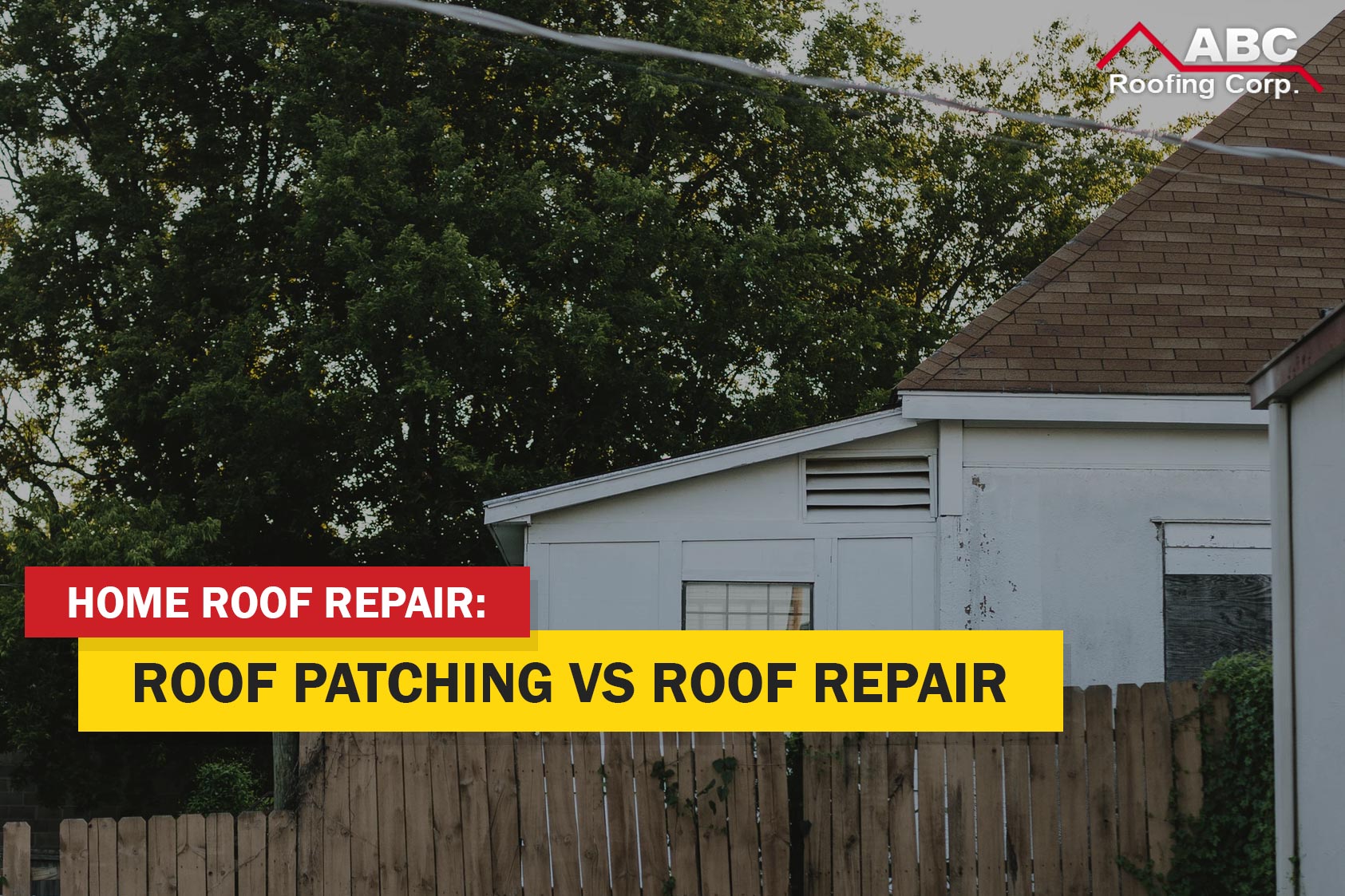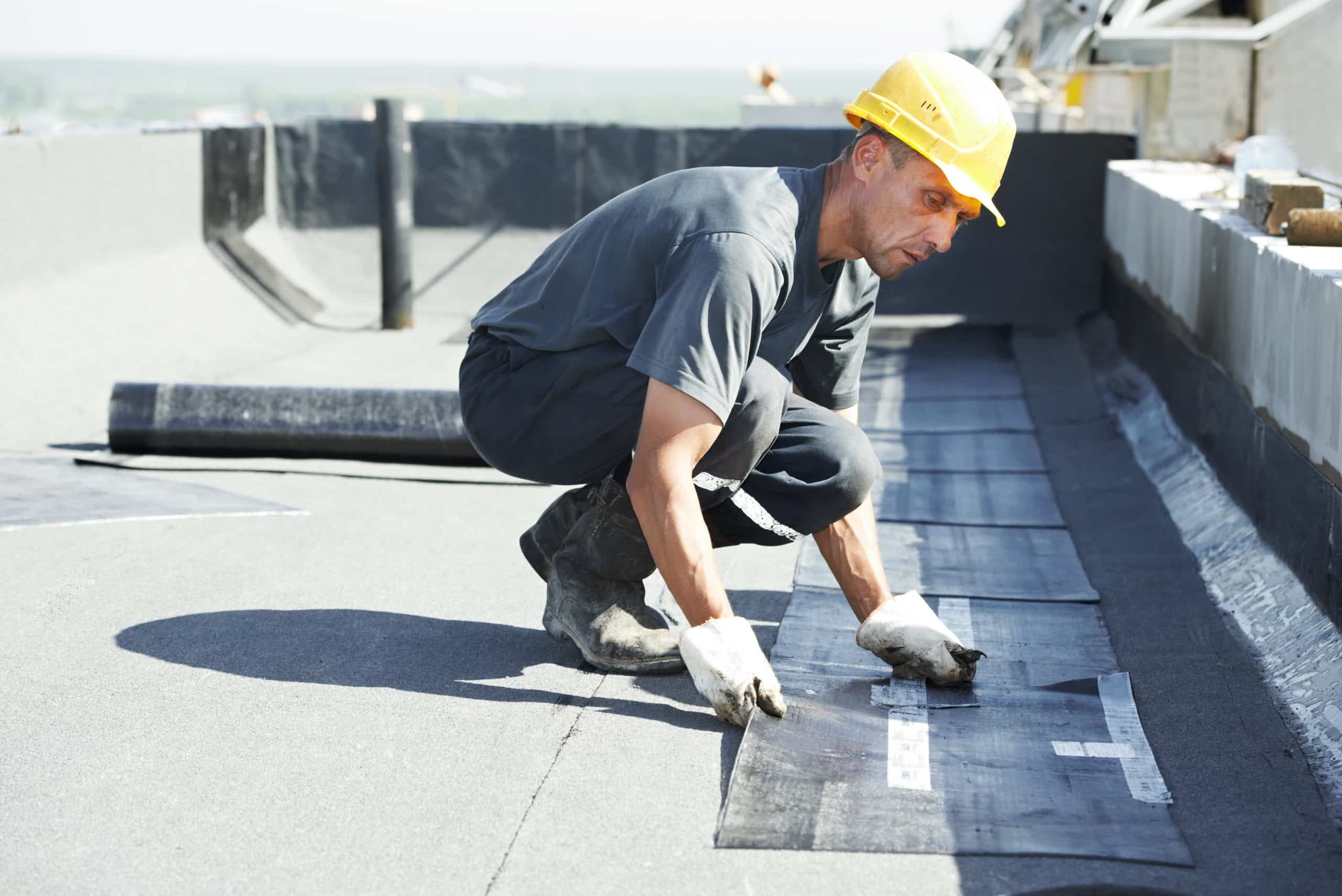Oahu Roofing: Reliable Roofing Solutions for Residences and Organizations
Oahu Roofing: Reliable Roofing Solutions for Residences and Organizations
Blog Article
Comprehending the Various Kinds Of Roofing Systems: A Comprehensive Overview for Homeowners
With a variety of options-- varying from the conventional gable to the modern level-- each type presents one-of-a-kind benefits and obstacles that must line up with the property owner's ecological factors to consider and certain requirements. As we explore the intricacies of different roof types, it ends up being evident that one size does not fit all; the right option might stun you.
Saddleback Roof
Gable roofs, identified by their triangular shape, are among the most prominent roof styles because of their simplicity and efficiency in losing water and snow. This style features two sloping sides that meet at a ridge, permitting effective drainage and decreasing the threat of water build-up. The steep pitch typically related to saddleback roofs improves their ability to deal with hefty rainfall, making them appropriate for numerous environments.
In enhancement to their sensible benefits, saddleback roofs supply aesthetic flexibility. They can be adapted to various building styles, from standard to modern homes. The style can also suit added features such as dormer home windows, which enhance all-natural light and ventilation in the attic area.
Furthermore, gable roof coverings offer enough room for insulation, contributing to power efficiency. Homeowners can select from a selection of roofing products, including asphalt tiles, steel, and floor tiles, better boosting customization options.
In spite of their advantages, gable roofs may require added support in locations susceptible to high winds or heavy snowfall. On the whole, the gable roofing stays a favored selection because of its mix of capability, resilience, and aesthetic allure.
Flat Roofs
Flat roof coverings are typically identified for their minimal layout and practical applications, especially in commercial and business settings (oahu roofing). These roofing systems include a straight or nearly straight surface, which allows for very easy building and construction and versatile area application. While they may lack the visual appeal of angled roofs, level roofs supply various benefits, particularly in urban settings where optimizing room is important
Among the main benefits of level roofs is their accessibility. Property owners can use the roof covering area for different purposes, such as roof gardens, balconies, or photovoltaic panel setups. Furthermore, flat roofs are generally extra cost-efficient to mount and maintain contrasted to their sloped equivalents, as they call for fewer materials and labor.
Nevertheless, level roofs do existing certain difficulties. Correct water drainage is important to protect against water merging, which can lead to leaks and structural damages. Hence, selecting premium waterproofing products and normal evaluations are crucial for making sure longevity. Common products used for flat roof coverings consist of built-up roofing (BUR), changed asphalt, and single-ply membrane layers, each offering distinctive benefits. In general, level roofing systems serve as a functional and versatile choice for many house owners and businesses alike.
Hip Roofings
Hip roof coverings are defined by their sloped sides that assemble on top, developing a ridge. This style is unique from saddleback roofs, as all 4 sides of a hip roof incline downwards towards the walls, offering an extra steady structure. The angle of the inclines can vary, permitting versatility in building aesthetics and functionality.
One of the main advantages of hip roofs is their capacity to endure hefty winds and negative climate condition. The sloped surfaces allow better water drainage, lowering the risk of leakages and water damages. Additionally, hip roofing systems supply increased attic room area, which can be utilized for storage space or also transformed right into habitable locations.
However, building a hip roofing system can be extra costly and intricate than less complex roof kinds, such as gable roofing systems. The added material and labor entailed in developing the slopes and guaranteeing appropriate architectural integrity can bring about greater expenditures. Despite these disadvantages, lots of property owners prefer hip roof coverings for their toughness, aesthetic allure, and possibility for energy efficiency.
Mansard Roofs
Mansard roofs, frequently acknowledged by their one-of-a-kind four-sided style, function 2 slopes on each side, with the reduced incline being steeper than the upper. This architectural style, originating from France in the 17th century, is not only visually attractive but practical, as it makes the most of the functional room in the upper floors of a structure. The steep lower incline enables more clearance, making it an optimal option for attics or lofts, which can be exchanged living rooms.
Mansard roof coverings are identified by their versatility, suiting different architectural designs, from traditional to contemporary. They can be constructed with different materials, including asphalt roof shingles, slate, or metal, giving house owners with a variety of alternatives to match their preferences and budgets. In addition, the design permits the assimilation of dormer home windows, boosting all-natural light and air flow in the upper degrees.
Nevertheless, it is important to think about the prospective drawbacks. Mansard roofs might need more upkeep because of the intricacy of their layout, and their steep inclines can be challenging for snow and rain drainage. On the Read Full Report whole, mansard roofing systems combine style with usefulness, making them a prominent choice among homeowners looking for distinctive building functions.
Lost Roofings
As house owners increasingly seek simplicity and performance in their architectural designs, dropped roofing systems have emerged as a popular selection. see here now Characterized by a solitary sloping airplane, a shed roof presents a minimal aesthetic that matches various home designs, from modern to rustic.
Among the key advantages of a shed roof is its simple construction, which typically converts to lower labor and material expenses. This style enables effective water drain, decreasing the threat of leaks and water damages. Furthermore, the upright incline supplies adequate room for skylights, boosting all-natural light within the interior.
Dropped roofing systems likewise use versatility in terms of usage. They can be effectively integrated into enhancements, garages, or outside frameworks like pavilions and sheds. In addition, this roofing system design can fit numerous roof covering materials, including metal, asphalt shingles, or perhaps eco-friendly roof coverings, aligning with eco-friendly efforts.
Nevertheless, it is necessary to think about local environment problems, as heavy snow lots might demand adjustments to the roofing system's angle or framework. Generally, shed roofings provide a useful and aesthetically pleasing alternative for homeowners aiming to take full advantage of functionality without compromising design.
Verdict


Gable roof coverings, identified by their triangular shape, are amongst the most popular roofing designs due to their simplicity and effectiveness in losing water and snow. oahu roofing. The steep pitch typically associated with gable roofing systems boosts their capacity to deal with heavy rainfall, making them appropriate for numerous climates
While they might lack the visual allure of pitched roofings, level roof coverings use many benefits, especially in city atmospheres where optimizing room is important.

Report this page